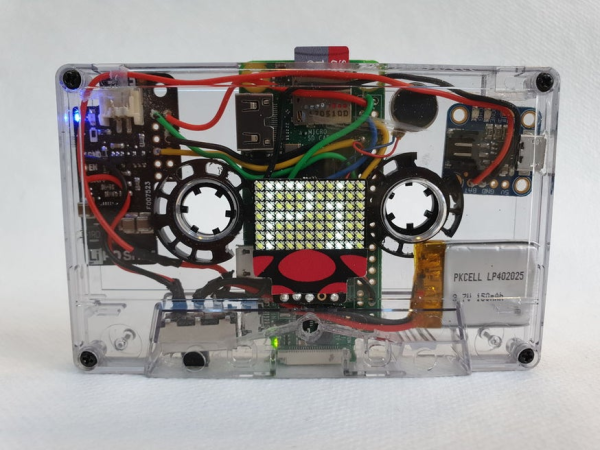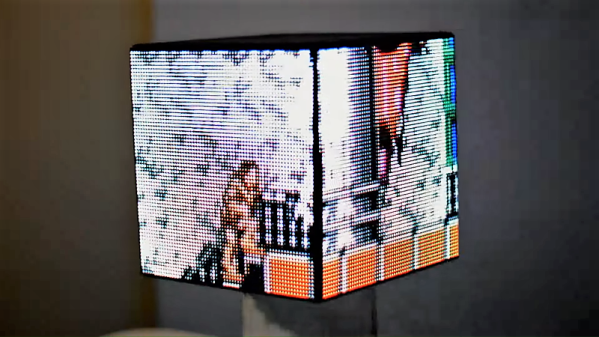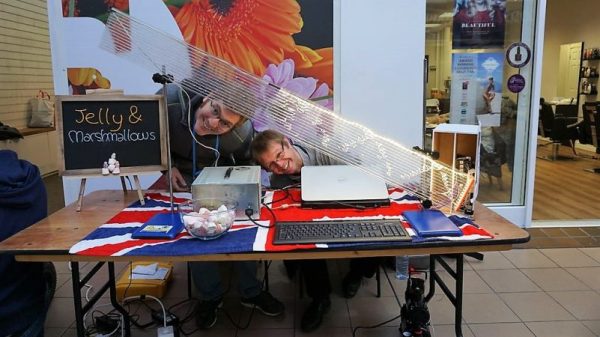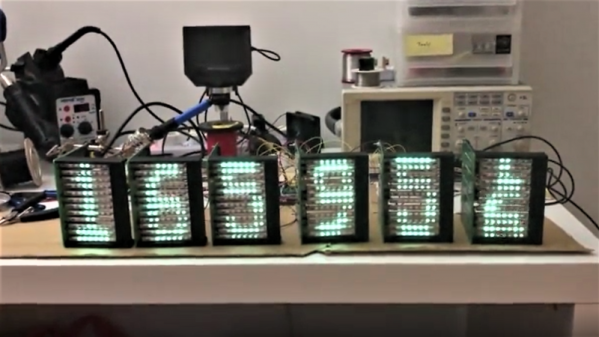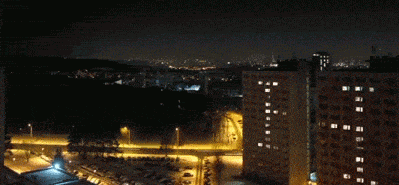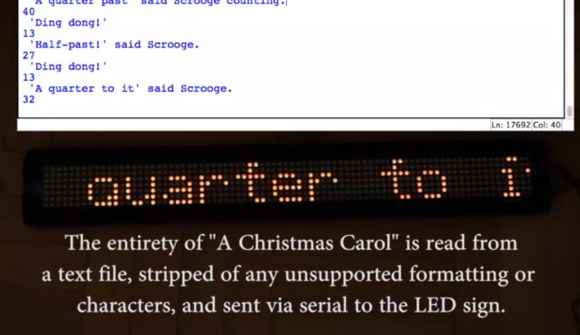The see-through electronics craze of the ’80s and ’90s clearly had an effect on [MisterM], and we can totally relate. Those candy-colored components inside undoubtedly launched a few thousand kids in the direction of electronics, as we can attest.
Though the odds seemed very much against him, [MisterM] was able to fit all the necessary components for a scrolling IoT notifier inside a standard cassette tape. It took a bit of surgery on both the Raspberry Pi Zero W and the donor cassette in the name of getting all the components to fit in such a tight space. We’re glad he kept at it, because it looks amazing.
The Raspi uses Adafruit.IO and IFTTT to get all kinds of notifications — tweets, weather, soil moisture, you name it — and scrolls them across an 11×7 LED matrix. A vibrating disc motor gives a buzzing heads up first, so [MisterM] doesn’t miss anything. Hit the break button and flip this thing over, because the build video is all queued up on the B-side.
If you’d rather play around with cassette decks, add in some playback speed potentiometers to mess with the sound, or go all out and make a Mellotron.
Continue reading “IoT Cassette Scroller Never Needs A Pencil”

